
“I have to speak out on this,” Biden told Mike Donilon in August 2017 as Biden watched television reports of the white supremacist march in Charlottesville, Virginia. “This is different. This is darker. It is more dangerous. This is really a fundamental threat to the country.” Weeks later, Biden published an article in The Atlantic with the headline, “We Are Living Through a Battle for the Soul of This Nation.” It became the theme of his eventual campaign.

“Look, you’ve got to run on who you are,” Mike Donilon, pictured left, told Biden in early 2019, as Biden contemplated launching a third presidential campaign. “And you try to change it, you may as well go home. Don’t bother.” For decades, “Mike D.,” as Biden calls him, has been Biden’s confidant, wordsmith, and political strategist, who helped forge the concept of “soul” at the heart of Biden’s 2020 campaign. Donilon, Ron Klain, pictured center, and Anita Dunn, right, are key members of Biden’s inner circle.
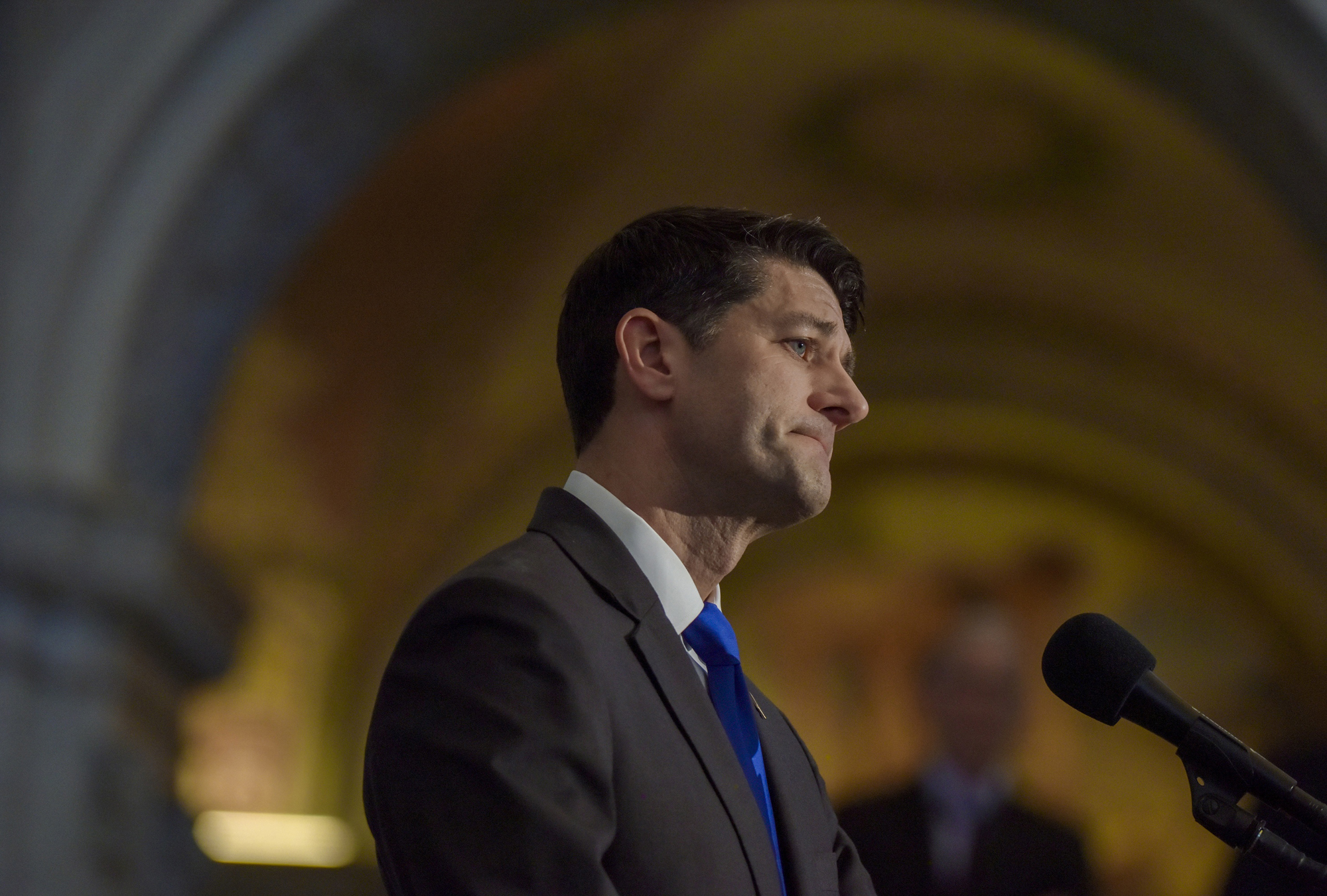
“You’re not in the foxhole with me!” Trump screamed in an August 2017 phone call with House Speaker Paul Ryan. The Wisconsin Republican had just assailed Trump for blaming “both sides” of protesters for the white supremacist march in Charlottesville. Ryan shot back, “Are you finished? May I have some time now? You’re the president of the United States. You have a moral obligation to get this right and not declare there is a moral equivalency here.”

“Do you know why [Rex] Tillerson was able to say he didn’t call the president a ‘moron’?” Senate Majority Leader Mitch McConnell would dryly ask his Republican colleagues in his Kentucky drawl about the former Trump secretary of state. “Because he called him a ‘fucking moron.’ ”
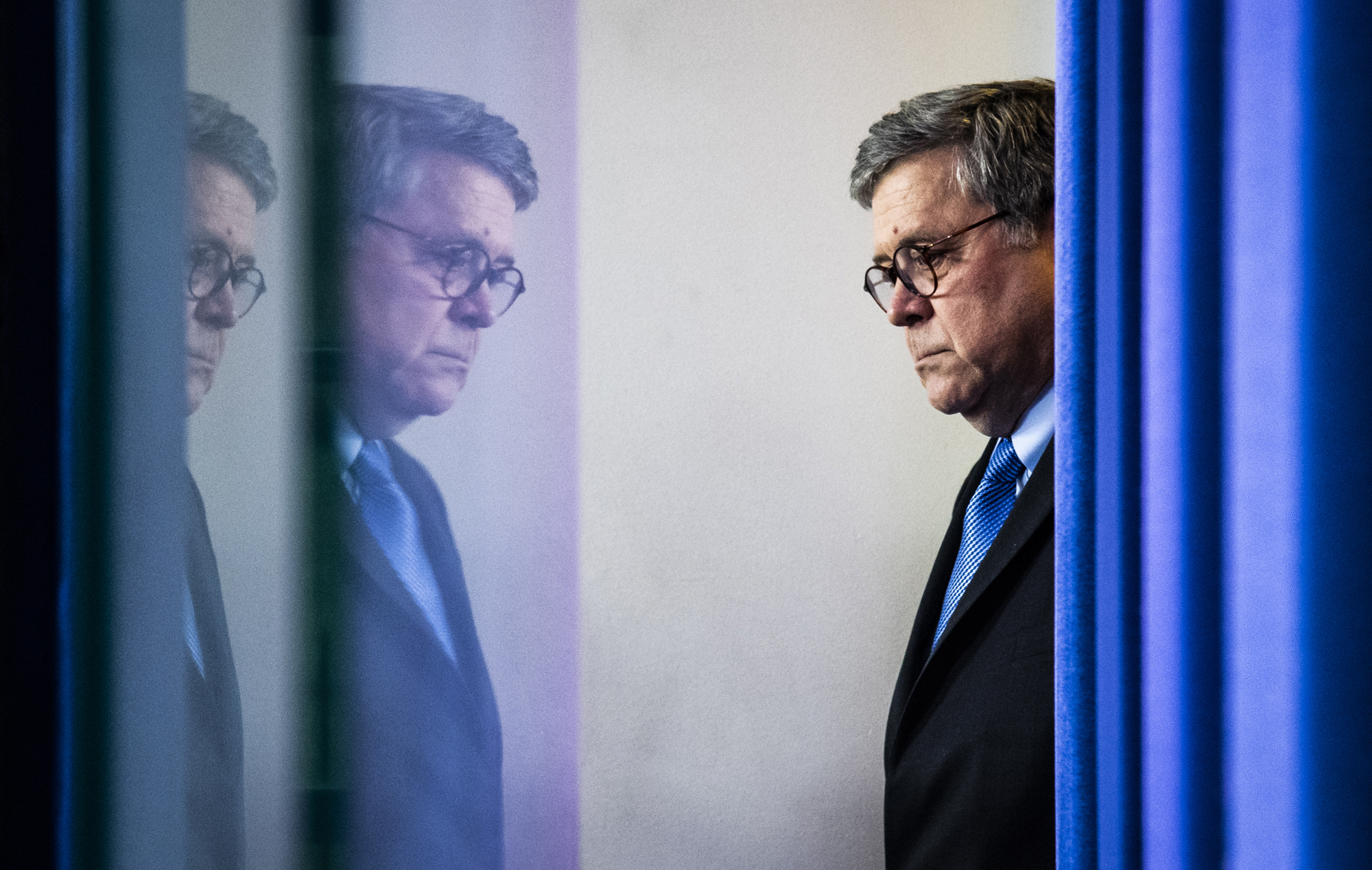
“Mr. President, I think you’re on a trajectory to lose the election,” Attorney General William Barr told Trump in a private conversation in April 2020. “You pride yourself in being a fighter and that worked in 2016 when they wanted a disruptor to go in there. And they still want a disruptor, but they don’t want someone who is a complete asshole.”
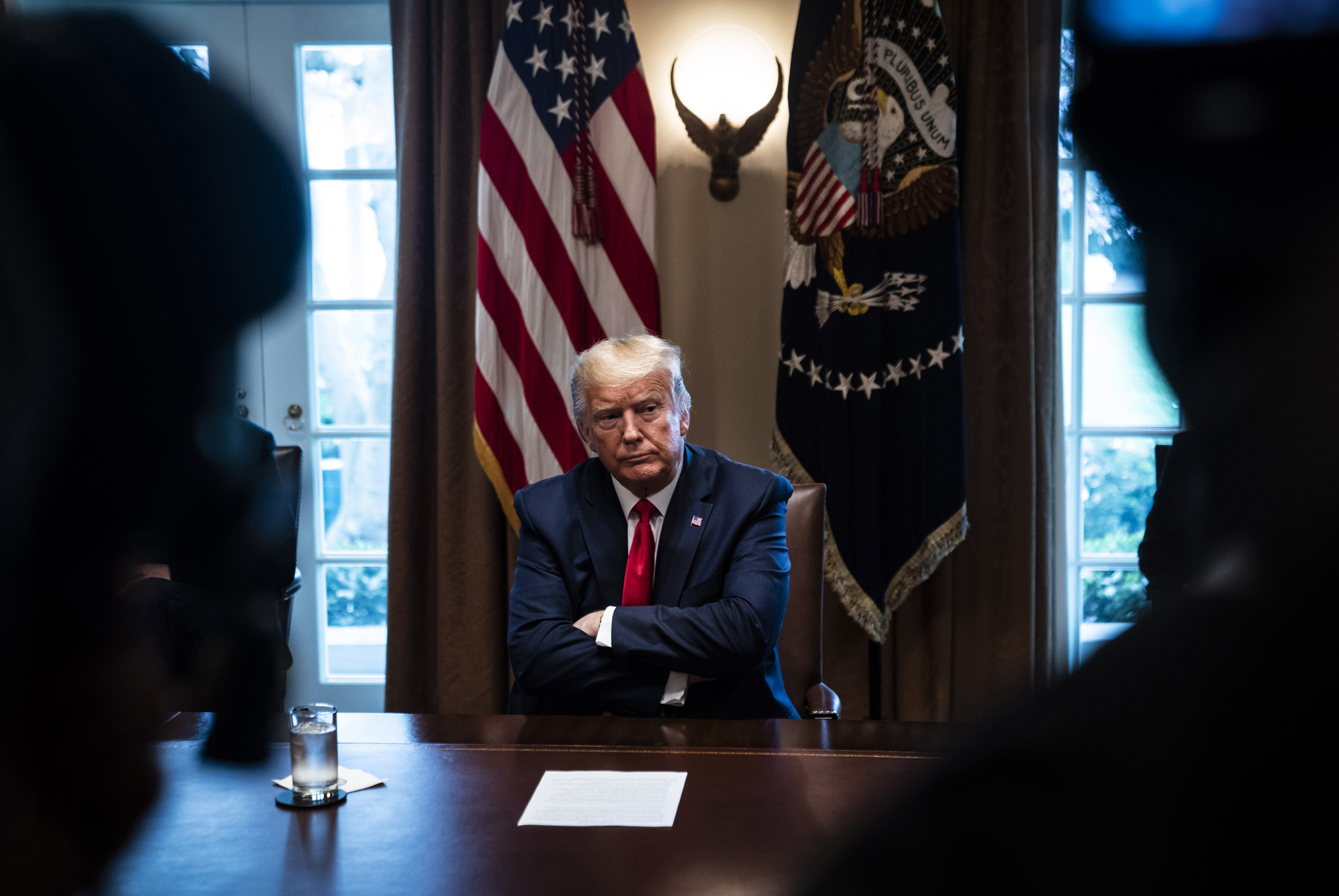
“Oh, they’re tired?” Trump loudly asked veteran pollster Tony Fabrizio in July 2020 during his reelection campaign. He was raging in the Oval Office over new polling data that showed independent voters were emotionally drained by Trump’s handling of the pandemic. “They’re fucking tired? Well, I’m fucking fatigued and tired, too.”

“We’ve been duped,” Secretary of Defense Mark Esper, center, told JCS chairman Mark Milley, right, as they trailed Trump across Lafayette Square on June 1, 2020. Milley, clad in combat fatigues, agreed. “This is fucked up and this is a political event and I’m out of here.” The parade of the president and military officials coincided with law enforcement officers forcibly clearing the square of mostly peaceful protesters. Front from left: President Trump is trailed by Attorney General William Barr, Secretary of Defense Mark Esper, and Joint Chiefs of Staff chairman Mark Milley. Also in the back are senior advisers Jared Kushner and Ivanka Trump, and Trump’s chief of staff, Mark Meadows.

“I do not believe this situation calls for invocation of the Insurrection Act,” Secretary of Defense Mark Esper told Trump on June 3, 2020, soon after Esper publicly opposed putting active-duty military in the streets of Washington amid racial unrest and ongoing protests. “You took away my authority!” Trump screamed at him.
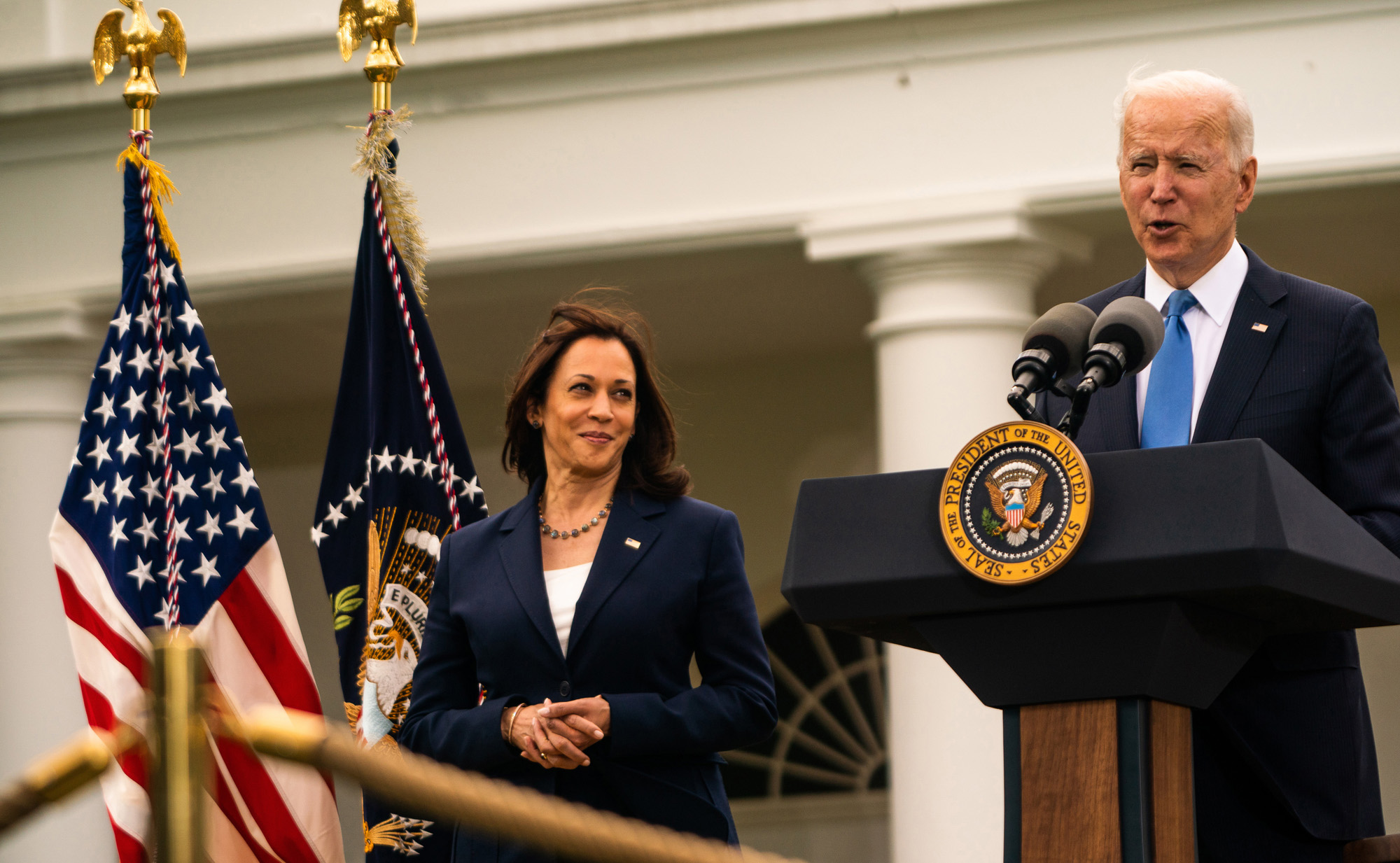
Senator Kamala Harris was selected by Biden as his running mate on August 11, 2020. She had been a force on the Senate Judiciary Committee, where Biden had once served as chairman, and brought governing experience and political capital to the ticket. While serving as California’s attorney general, she developed a bond with Biden’s son, the late Beau Biden, who had served as Delaware’s attorney general. On January 20, 2021, she became the first woman, Black American, and person of South Asian descent to serve as vice president of the United States.
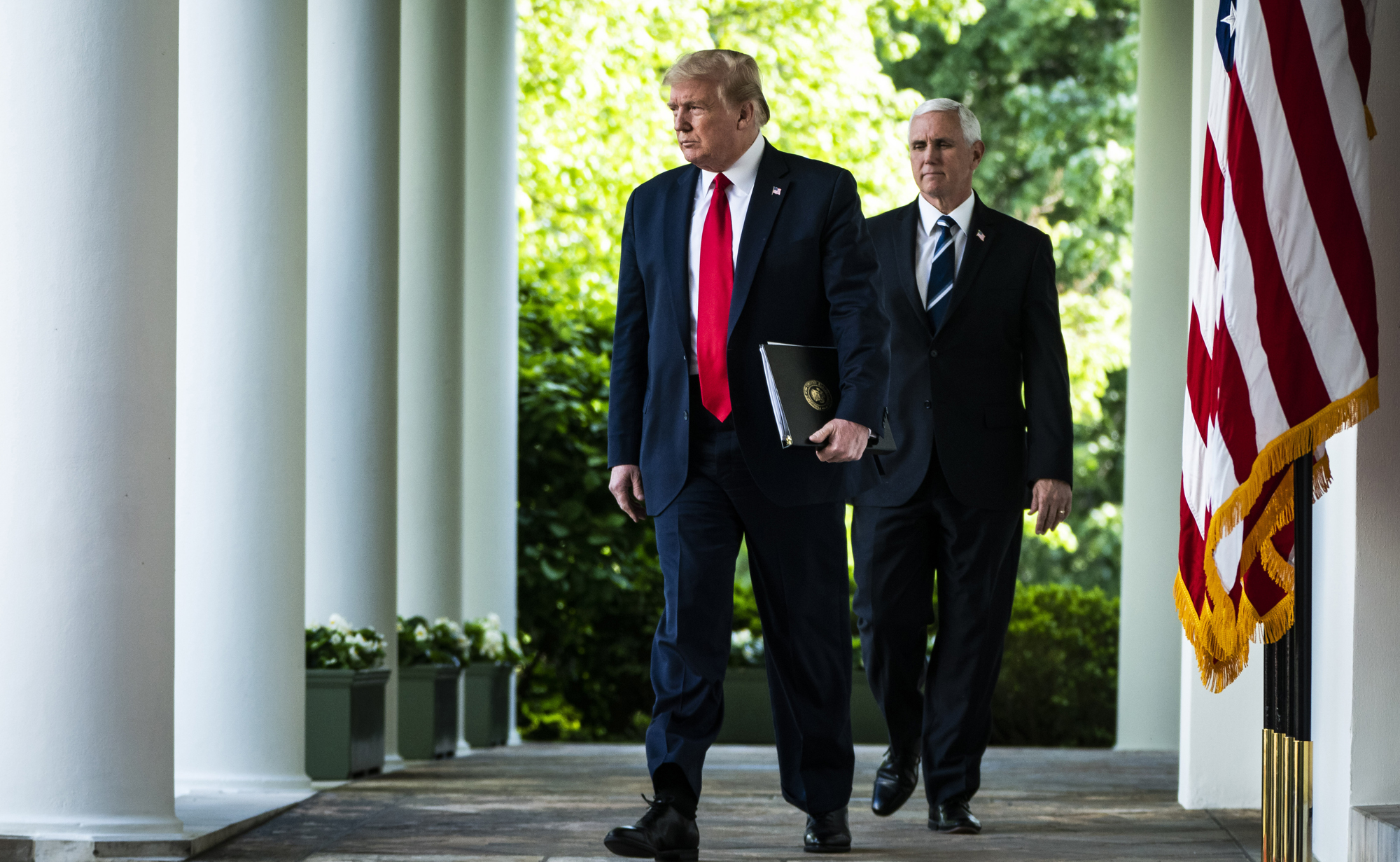
“You’re not going to be sworn in on the 20th. There is not a scenario in which you can be sworn in on the 20th,” Vice President Mike Pence told Trump in the Oval Office on January 5, 2021. Trump was stunned by Pence’s refusal to do his bidding, following weeks of relentlessly pressuring him to thwart the congressional certification of Biden’s victory.
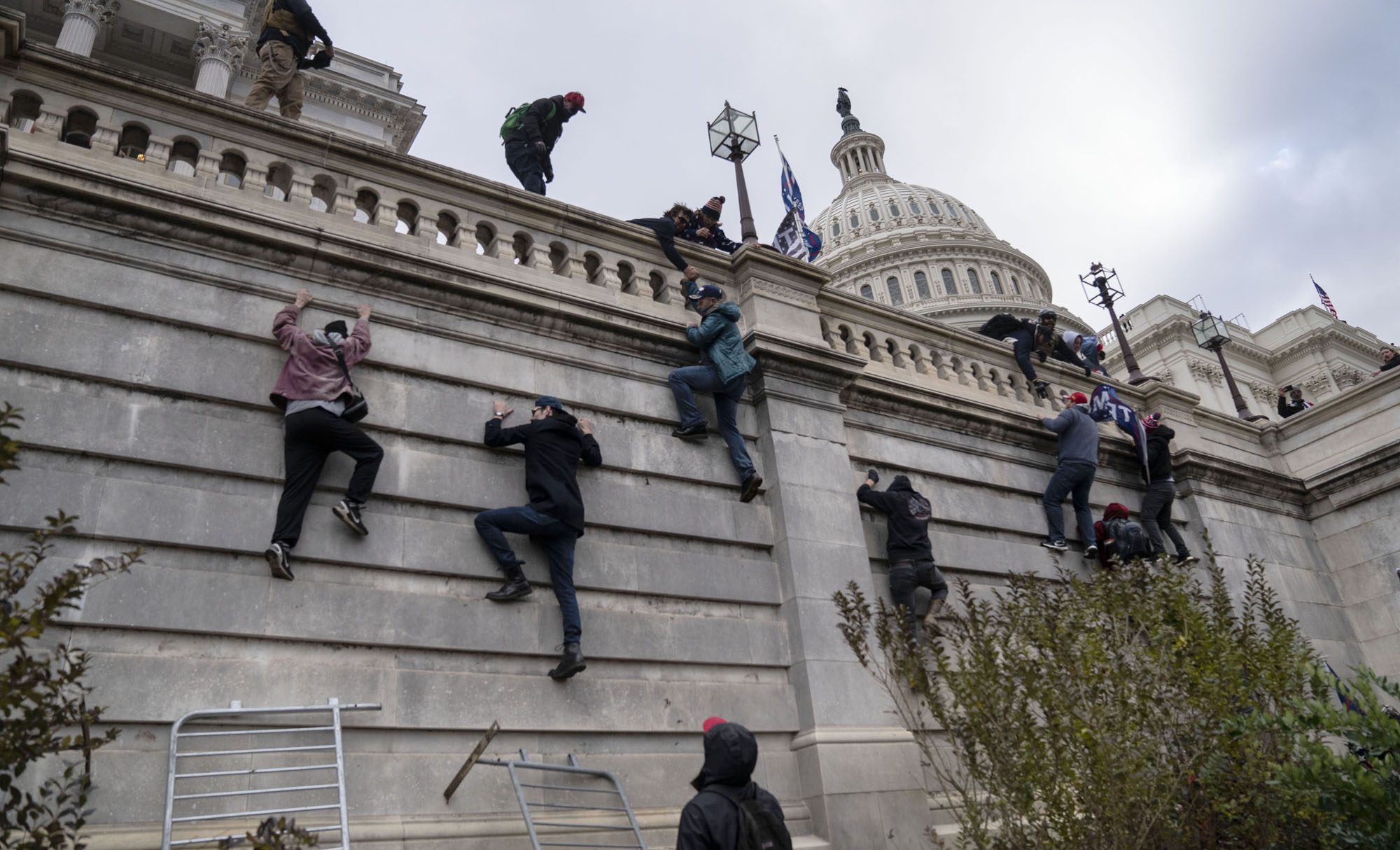
Capitol Police officers were overwhelmed on January 6, 2021, by swelling mobs and rioters who climbed the walls and shattered windows. Some officers were beaten with metal poles and their own shields. Once inside, rioters breached the Senate chamber. Over in the House, officers drew their firearms as Trump supporters banged on the doors. Officers shouted at lawmakers to get down and take cover.
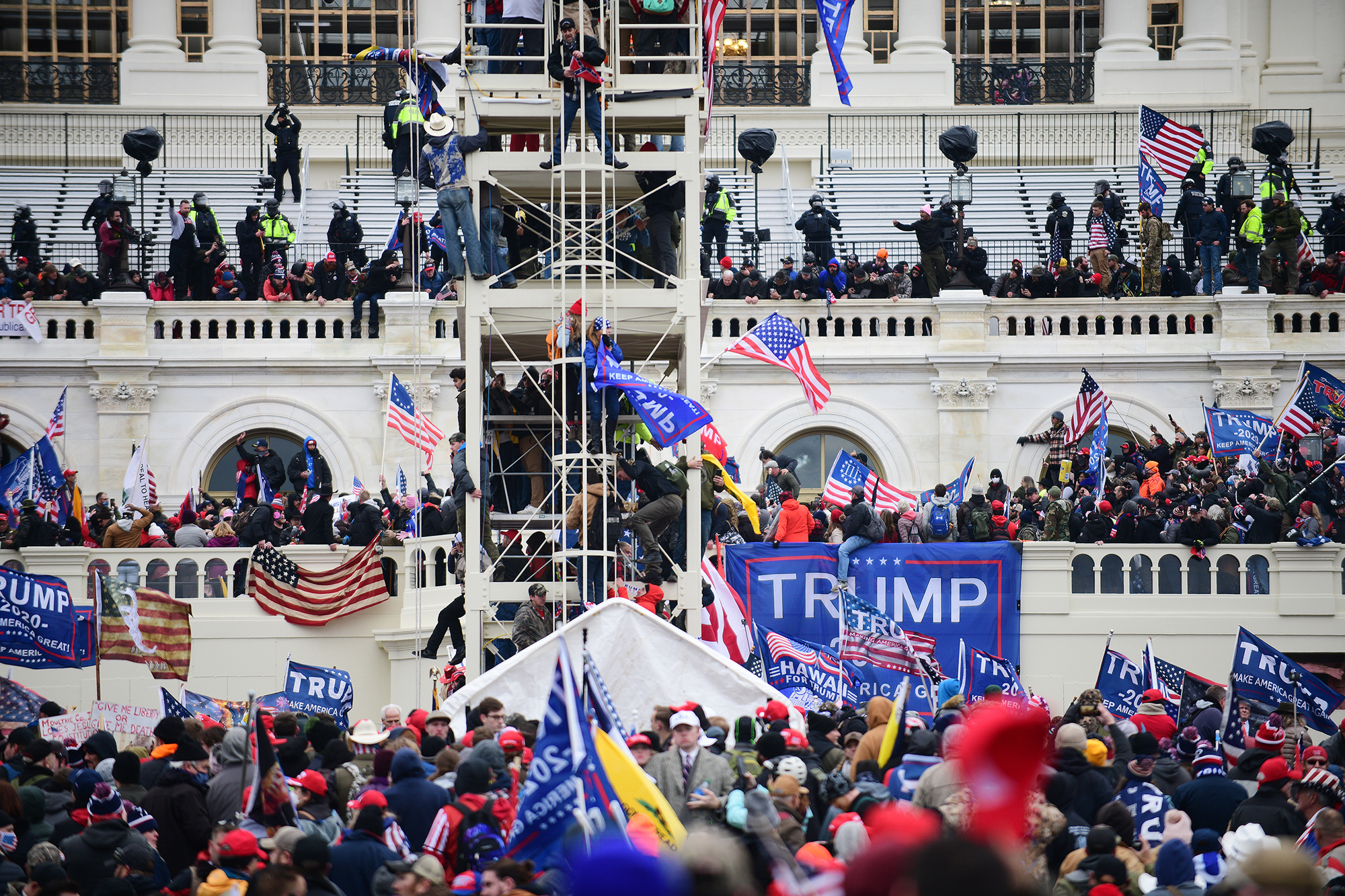
“Hang Mike Pence!” Trump supporters chanted as they roamed the Capitol’s marble halls and waved huge blue Trump flags from balconies. “Bring out Mike Pence! Where is Pence? Find him!” Nearby, a makeshift gallows had been erected for Pence. Rioters also ransacked House Speaker Nancy Pelosi’s office. “Where’s the speaker?” some screamed. “Find her!”

“I think that he likes this,” General Mark Milley, chairman of the Joint Chiefs of Staff, confided in a phone call with a House member as a mob stormed the Capitol on January 6, 2021. “He wants his supporters to be fighting to the bitter end.” Two days later, Milley confronted his fear that the riot could be a precursor to what he called a “Reichstag moment,” a Trump version of when Adolf Hitler manufactured crisis in 1933 and cemented his absolute power in Germany.
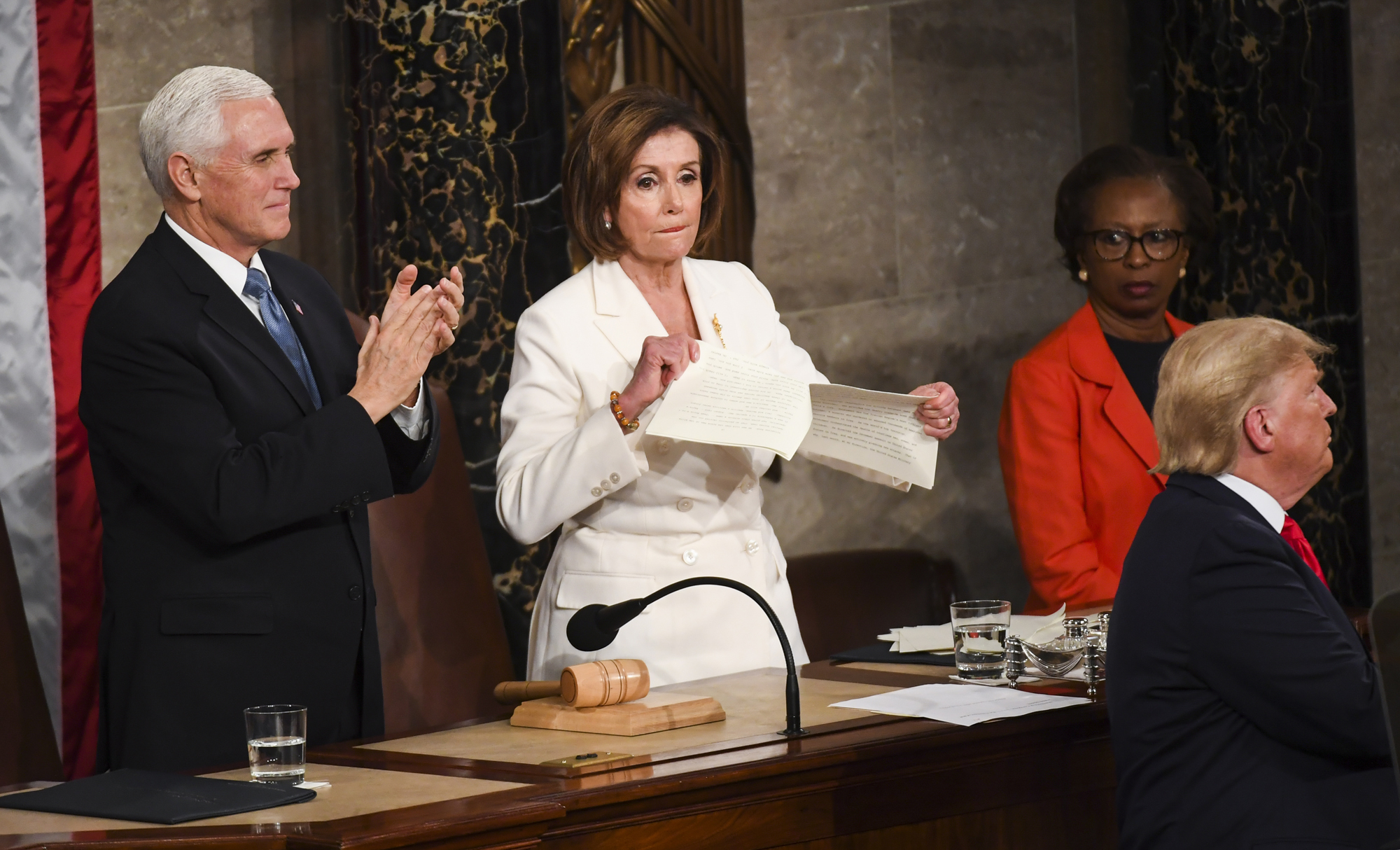
On February 4, 2020, House Speaker Nancy Pelosi ripped up a copy of Trump’s State of the Union address after the president delivered his remarks. Nearly a year later, after Trump supporters rioted at the Capitol, she called Chairman Milley and said, “It’s a sad state of affairs for our country that we’ve been taken over by a dictator.” She added, “He should have been arrested on the spot.”
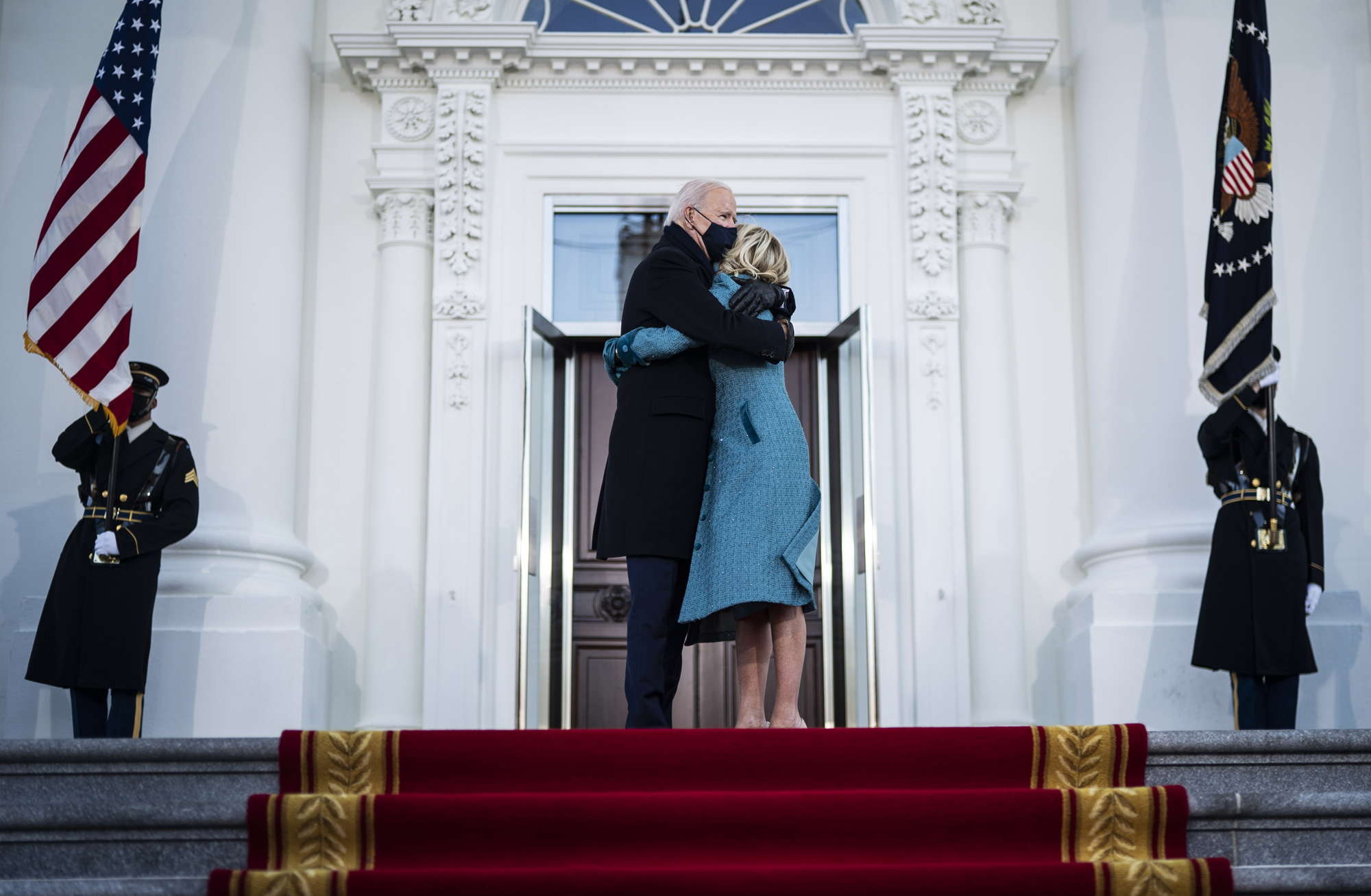
“They, the most important people in my life, want me to run,” Biden said in February 2019. His wife, Jill, was at his side for three grueling presidential campaigns and during repeated family crises and tragedies that nearly stopped the Bidens from returning to national politics. Shown here, the president and first lady embrace as they arrive at the North Portico of the White House on January 20, 2021.

“If we cannot deliver, authoritarianism may be on the march,” Senator Bernie Sanders told Biden on February 3, 2021. His raspy voice and urgent Brooklyn accent filled the Oval Office. Long a political outsider and Biden’s foil during the 2020 primary campaign, Sanders is now a central Biden ally, helping shepherd his $1.9 trillion rescue plan to passage and keeping Biden tuned into progressives.

“They act like they’re going to shove it down my throat,” Senator Joe Manchin told Biden in a phone call on March 5, 2021. “They can kiss my ass.” Manchin, a West Virginia moderate, was furious with fellow Democrats’ last-minute changes to Biden’s $1.9 trillion rescue bill. Manchin finally voted for it after hours of negotiation. “You’re going to come out of this looking like you’re the dealmaker,” Biden told him.
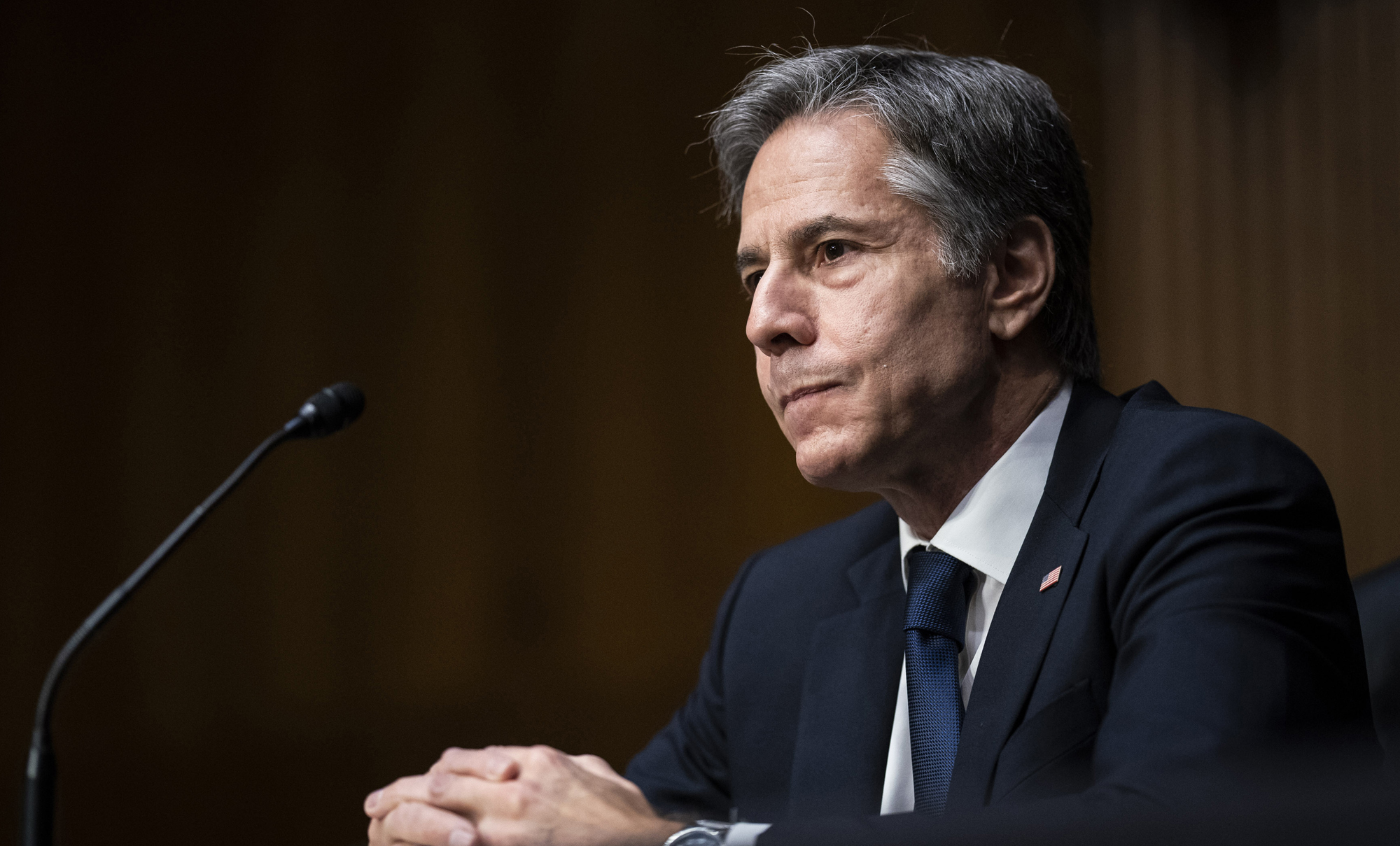
“Mr. President,” Secretary of State Tony Blinken told Biden in April 2021, “this was an incredibly hard decision.” It was done in the presidential style. “I admire the fact that you made it.” As Biden deliberated on Afghanistan, Blinken served as a liaison to NATO allies and as a trusted arbiter of policy options. It is a role he has played for Biden for more than 20 years, going back to Biden’s Senate days.

Secretary of Defense Lloyd Austin has deliberately kept a low public profile. But behind the scenes, he was a pivotal figure during Biden’s discussions on Afghanistan. He asked colleagues to consider what he called a slow, “gated” withdrawal of U.S. troops, where a staged exit with three or four parts might provide leverage for negotiations. Biden said it reminded him of the old “conditions based” approach and Austin eventually backed off from his proposal.

“I have trouble these days even showing up at a cemetery and not thinking of my son Beau,” Biden said as he walked among the rows of white marble tombstones in Section 60 at Arlington National Cemetery, where the dead from the wars in Afghanistan and Iraq are buried. Earlier in the day Biden had announced his decision to withdraw U.S. troops from Afghanistan. Biden turned to the hundreds of tombstones and said in anguish, “Look at them all.”

“Give me your word as a Biden,” Beau Biden told his father in May 2015, shortly before Beau died of brain cancer. “No matter what happens, you’re going to be all right.” Beau Biden’s life, which included a Bronze Star for military service in Iraq, continues to deeply shape his father, from the president’s lingering grief and sense of fate to his decision to withdraw U.S. troops from Afghanistan.
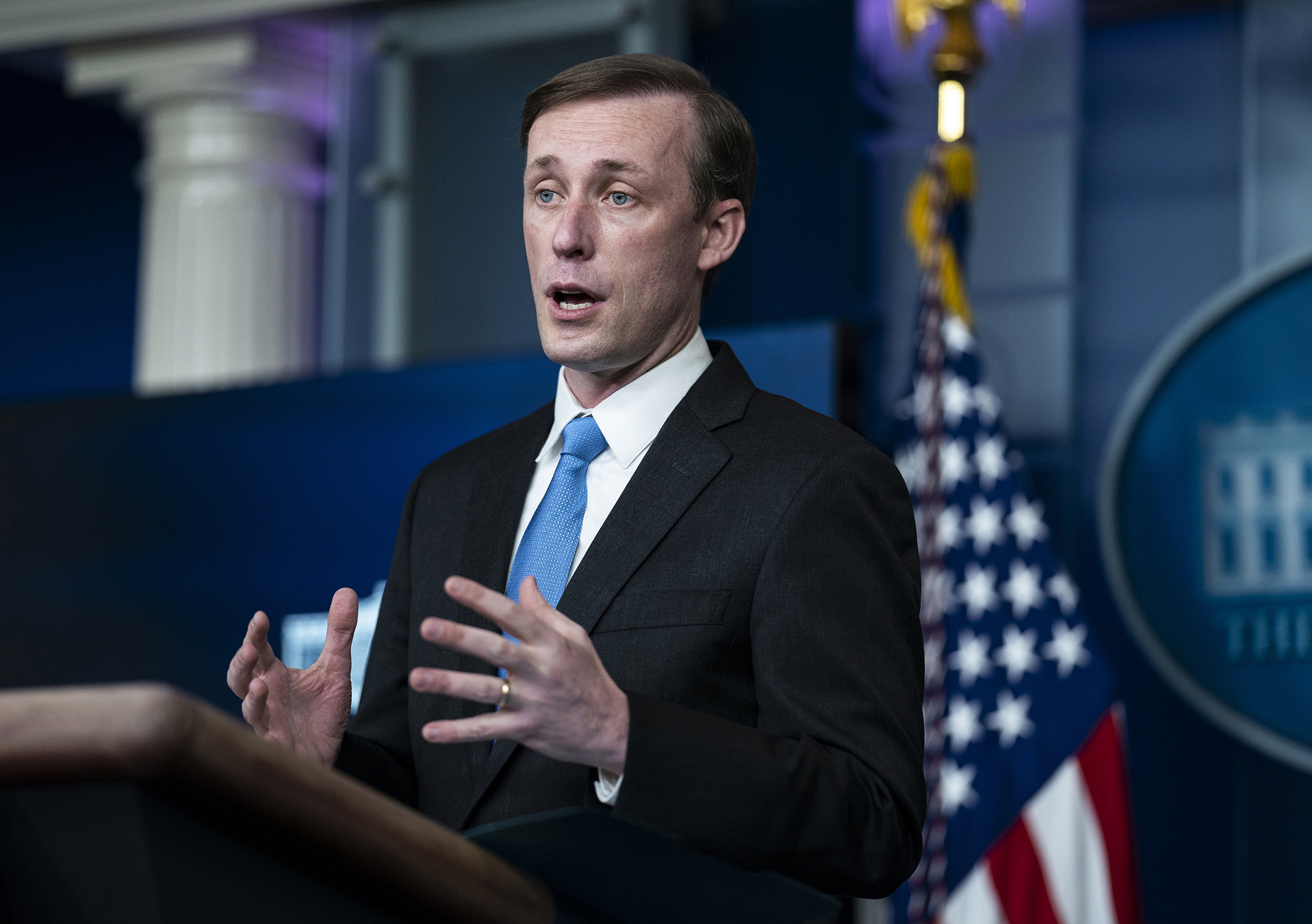
“Being the president of the United States and making a decision like this, you have to stare in the face the human and potential human costs of your decision,” National Security Adviser Jake Sullivan said as Biden mulled whether to withdraw U.S. troops from Afghanistan. In meetings, Biden almost always asks, “Jake, what do you think?”

“Now he comes into the office, every day, kind of in a mid-range emotional space,” White House chief of staff Ron Klain once said privately of Biden. “There is no news I can walk in and give him in the morning that is worse than the news he’s been given many other times in his life.” Klain knew the president missed Delaware. “He is not comfortable living in the White House.”
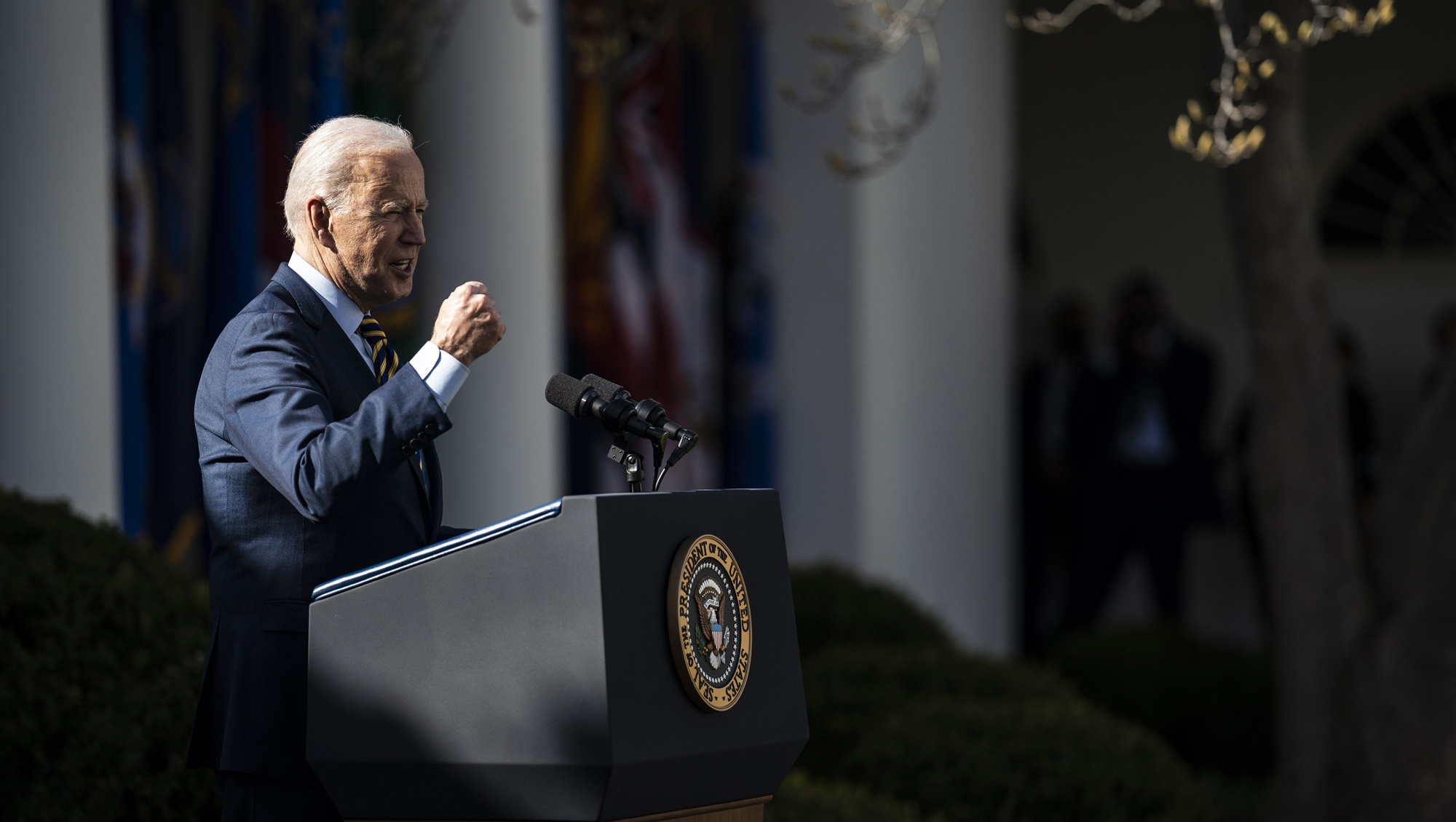
“Yeah, the buck really does stop here,” Biden told Secretary of State Blinken and National Security Adviser Jake Sullivan in April 2021. It was a nod to how his decision to withdraw U.S. troops from Afghanistan had quickly become a political target for his critics, both Republicans and Democrats who dreaded a possible breakdown of the Afghan government and brutal abuses of human rights by the Taliban.
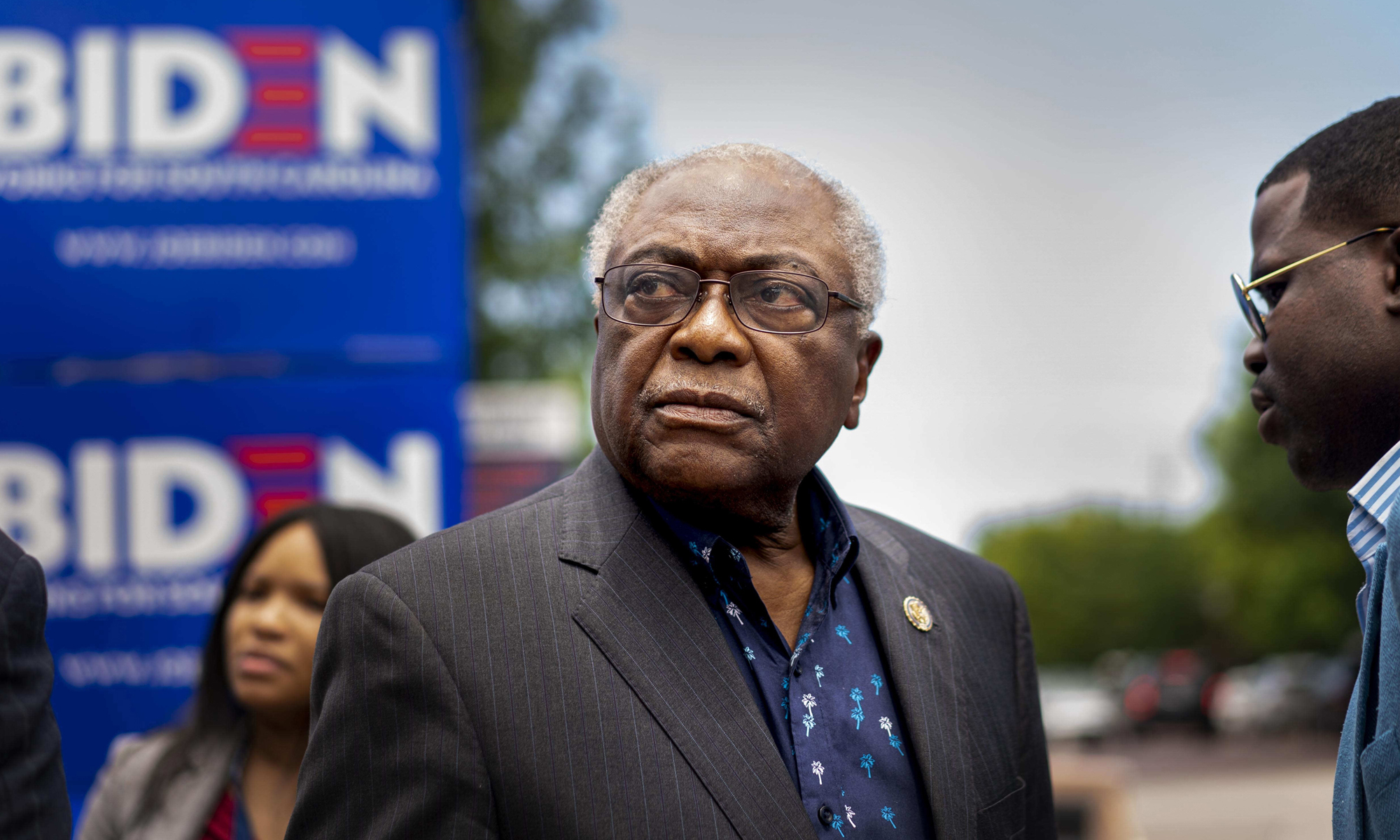
“Democracy is on fire and the Senate is fiddling!” House Majority Whip James Clyburn said as Democrats struggled to enact their overhaul of voting rights legislation in 2021. A year earlier, when Biden’s primary campaign was on the brink of collapse, the South Carolina kingmaker struck a deal with him: Clyburn would endorse him if Biden agreed to nominate a Black woman to the Supreme Court.

“You fucked your presidency up,” Senator Lindsey Graham told Trump in the summer of 2021. Trump abruptly hung up the phone. “Listen, I don’t blame you,” Graham told him a day later. “I would have hung up, too!” But he again urged Trump to move on from election grievances and focus on the 2022 elections. Graham was now like an addiction counselor to Trump, trying to keep his patient from taking one more drink of an imagined 2020 reelection victory.
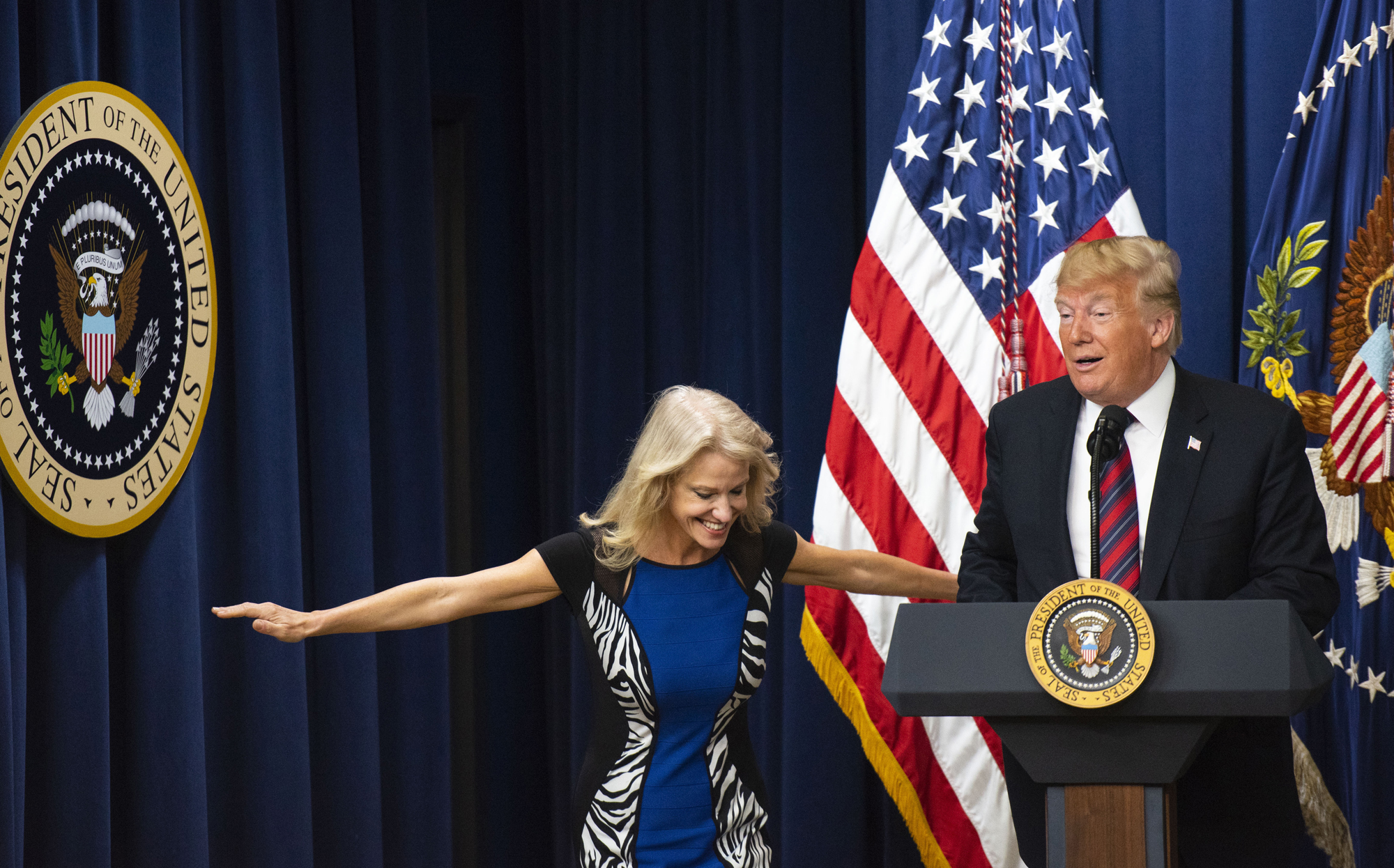
“Trump 2020 resembled Hillary 2016. You had too much money, too much time, too much ego,” Kellyanne Conway, Trump’s longtime strategist, told him in the summer of 2021. His 2020 campaign, which raised over $1 billion, had been riven by acrimony among Trump’s staffers and allies. “What you didn’t have this time was the hunger and the swagger,” she said, unlike his low-maintenance campaign operation in 2016.
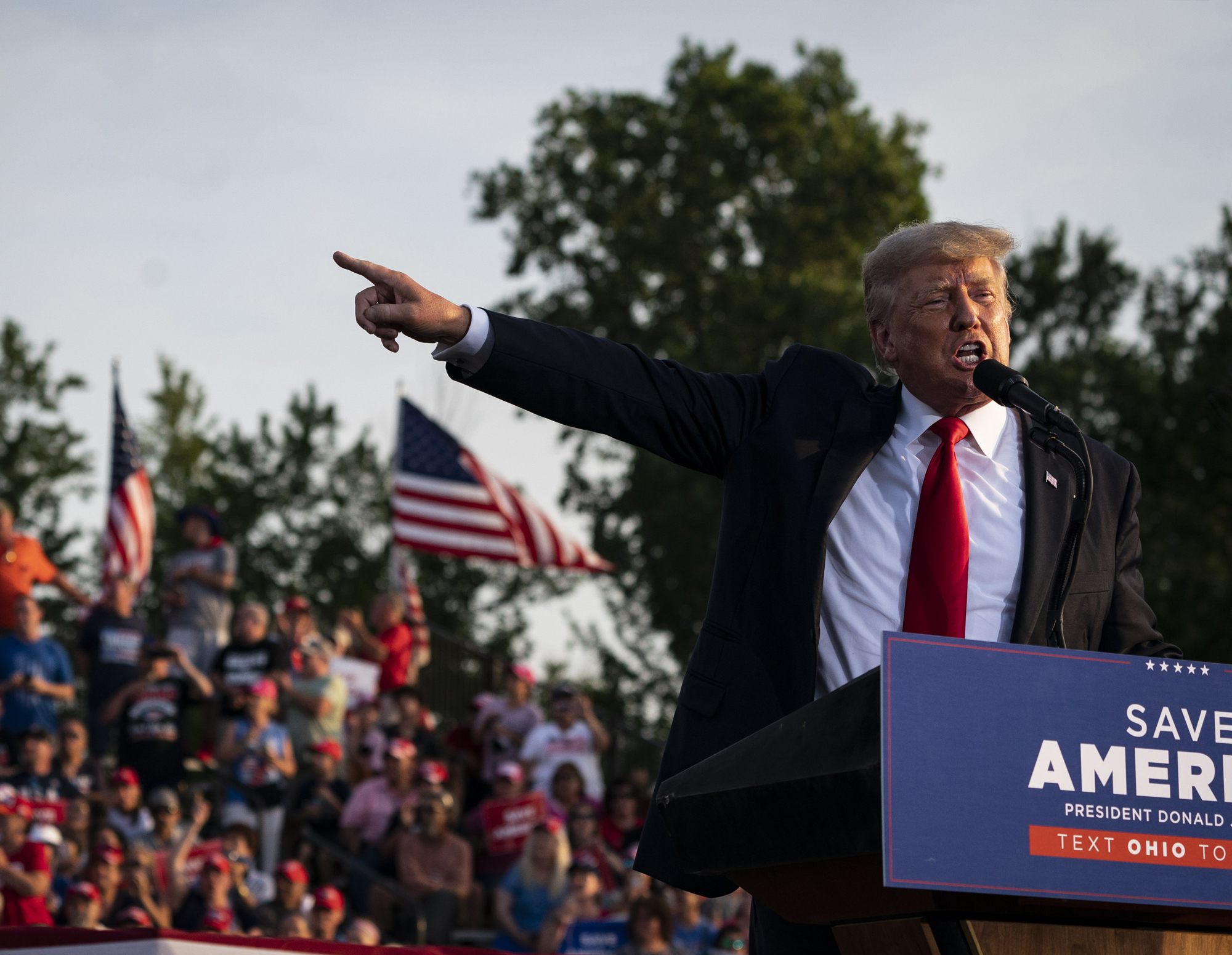
“We will not bend,” Trump proclaimed on June 26, 2021, in Wellington, Ohio. He was back on the stage, holding massive rallies before thousands of enthralled supporters and stoking talk of a possible 2024 comeback. “We will not break. We will not yield. We will never give in. We will never give up. We will never back down. We will never, ever surrender.” It was a war speech.

In a phone call on July 9, 2021, President Biden warned Russian president Vladimir Putin he must crack down on Russian-based criminals launching ransomware cyberattacks. “If you can’t or won’t, I will,” he said. At the very end of the conversation, Biden added, “You know, Mr. President, great countries have great responsibilities. They also have great vulnerabilities.” U.S. offensive cyber capability was formidable, as Putin knew. Biden left it at that. It was as close as he came to threatening Putin.